Spring heralds a burst of color and growth, offering the perfect opportunity to refresh and revitalize your outdoor space. From bold bulb displays to innovative vertical gardens, these 20 spring garden ideas provide inspiration for every skill level and space constraint. Whether you’re working with sprawling beds, compact patios, or bare fences, you’ll find practical tips and creative concepts to craft a vibrant, inviting garden this season.
1. Massed Spring Bulb Displays
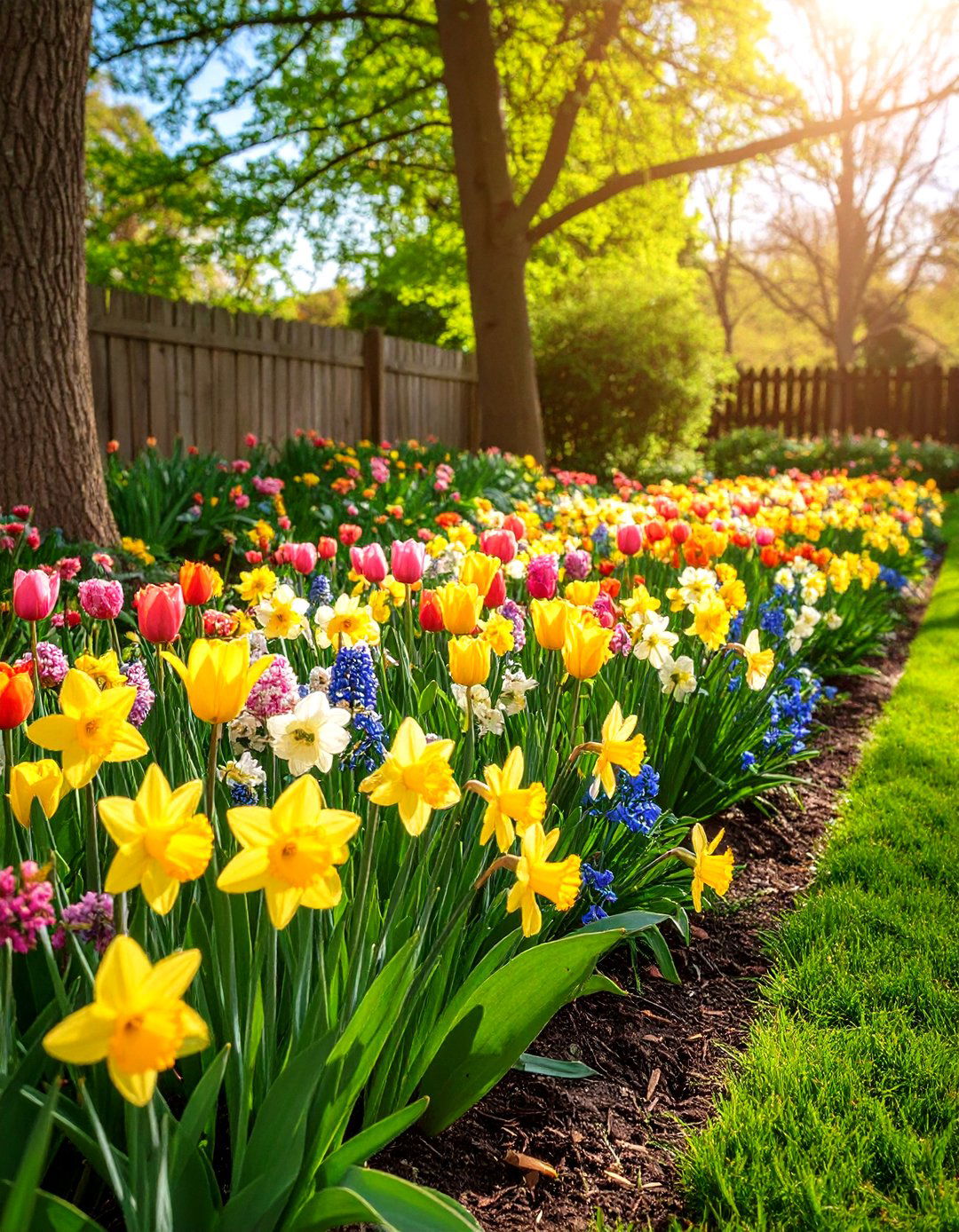
Create dramatic drifts of tulips, daffodils, and alliums by planting bulbs in large groups rather than single specimens. Mass planting ensures a spectacular, cohesive display as blooms emerge simultaneously, maximizing visual impact in early spring. To extend the season, choose bulbs with staggered bloom times—Daffodils in early spring, Tulips midseason, and Alliums later—ensuring continuous color from March through May.
2. Container Flower Gardens
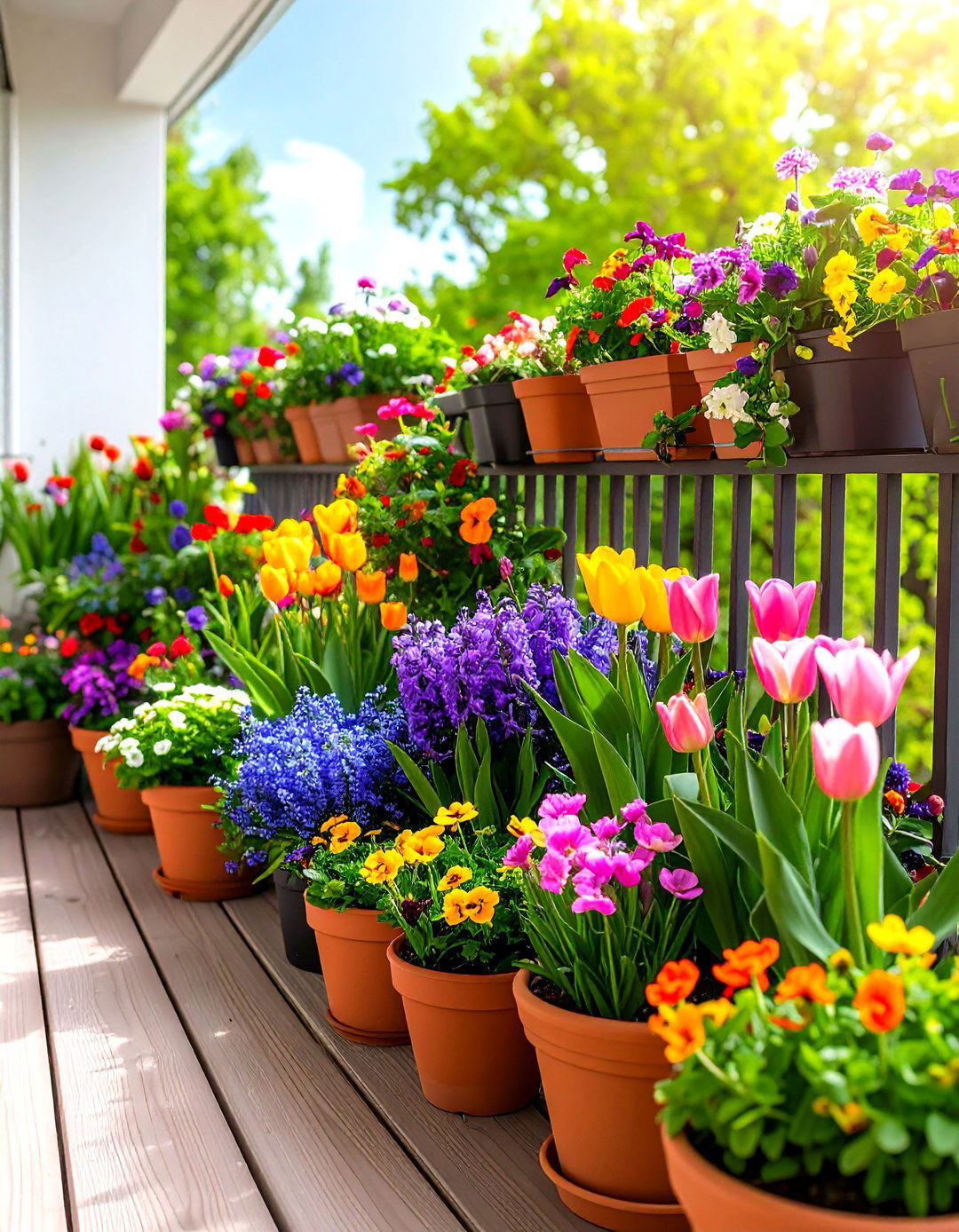
Elevate patios and balconies with container gardens filled with spring annuals and perennials. Pick lightweight containers in varying heights for visual interest, and fill them with a mix of tulips, pansies, and hyacinths for early blooms. Containers also allow you to move color throughout your space, highlighting entryways or creating focal points on decks and porches.
3. Low-Maintenance Cottage Gardens
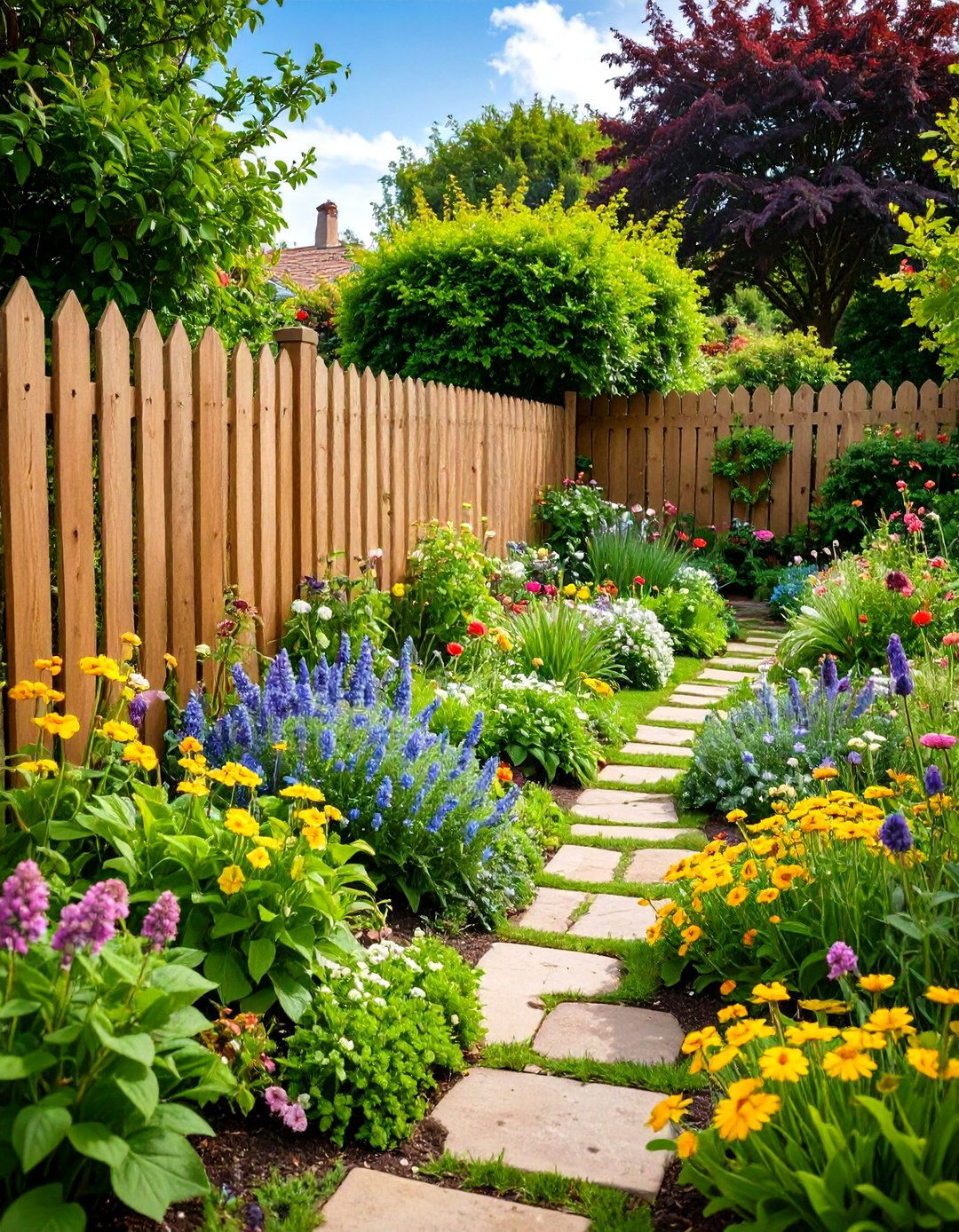
Embrace a relaxed, English-inspired look with a cottage garden filled with perennials, herbs, and informal pathways. Incorporate hardscape anchors like boulders or picket fences to frame swaths of lavenders, foxgloves, and lupines. Use self-seeding annuals such as love-in-a-mist or poppies to add pops of color year after year with minimal upkeep.
4. Pollinator-Friendly Wildflower Patches
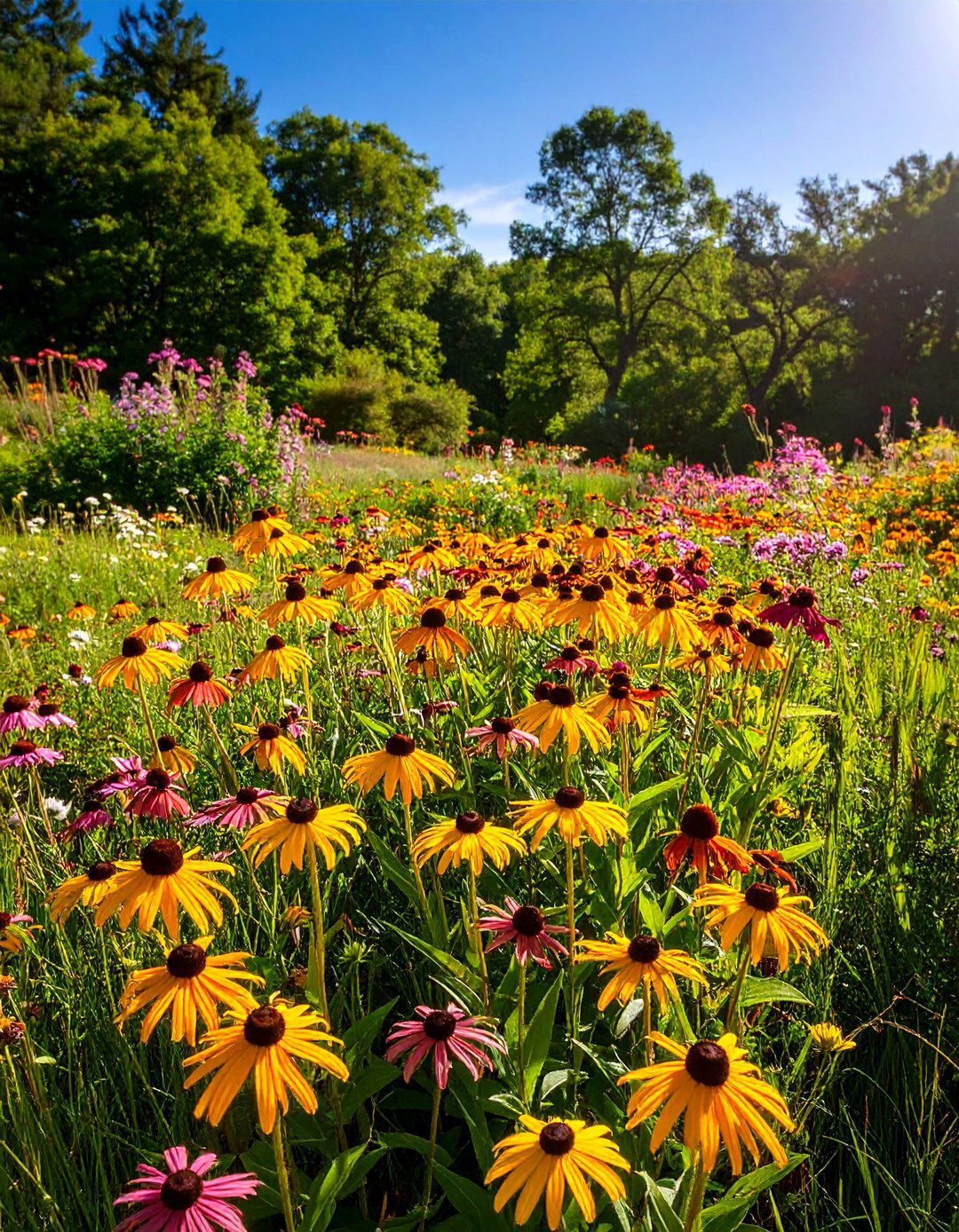
Transform unused lawn areas into dynamic wildflower meadows by overseeding with nectar-rich species like coneflowers, black-eyed Susans, and bee balm. These patches attract bees, butterflies, and hummingbirds, supporting local ecosystems and adding vibrant, season-long color. Mow only once annually after seed set to encourage reseeding and maintain a healthy pollinator habitat.
5. Raised Vegetable Beds
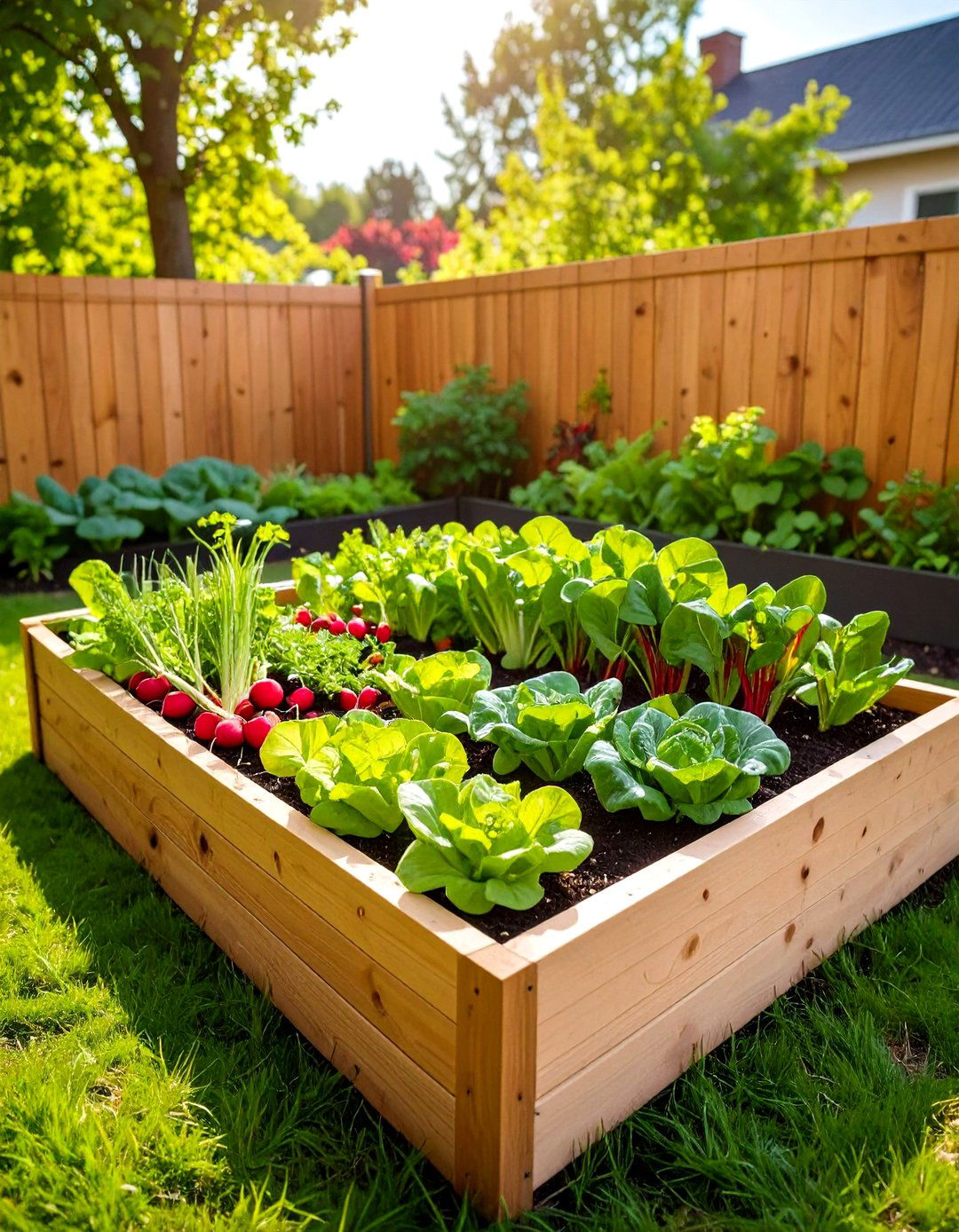
Install raised beds for spring vegetables such as lettuce, spinach, and radishes, ideal for small gardens or patios. Fill beds with a mix of compost and well-draining soil to ensure healthy root development. Square-foot planting plans allow you to maximize yields—e.g., 16 carrots per square foot or 8 lettuces—while keeping maintenance manageable.
6. Vertical Herb Walls
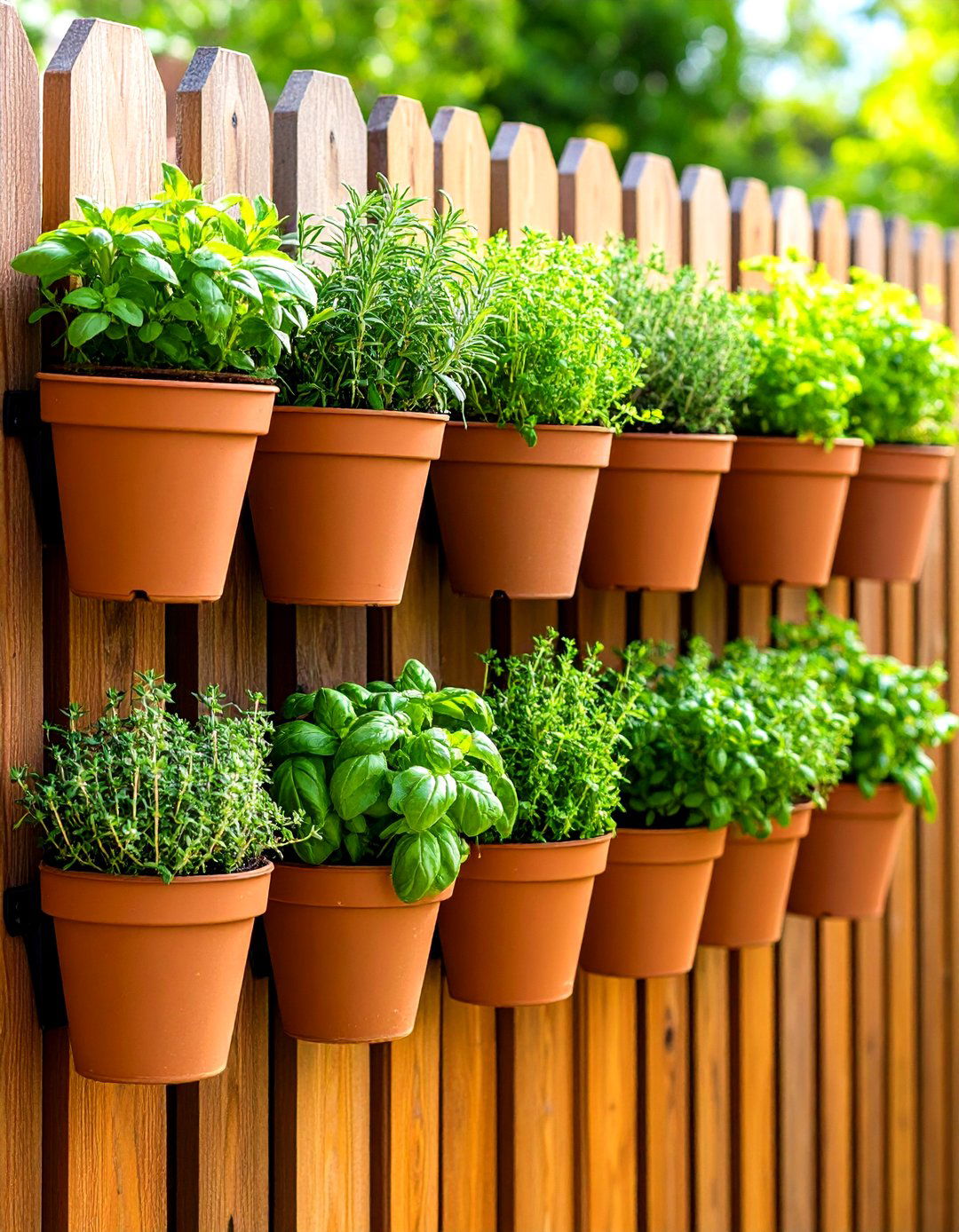
Optimize fence space with a vertical garden of potted herbs—thyme, rosemary, sage, and mint—hung on hooks or mounted planters. This edible “green wall” provides instant beauty and convenient harvests, placing fresh flavors within arm’s reach. Regular watering and harvesting keep herbs vigorous while preventing overgrowth in tight spaces.
7. DIY Pallet Vertical Gardens
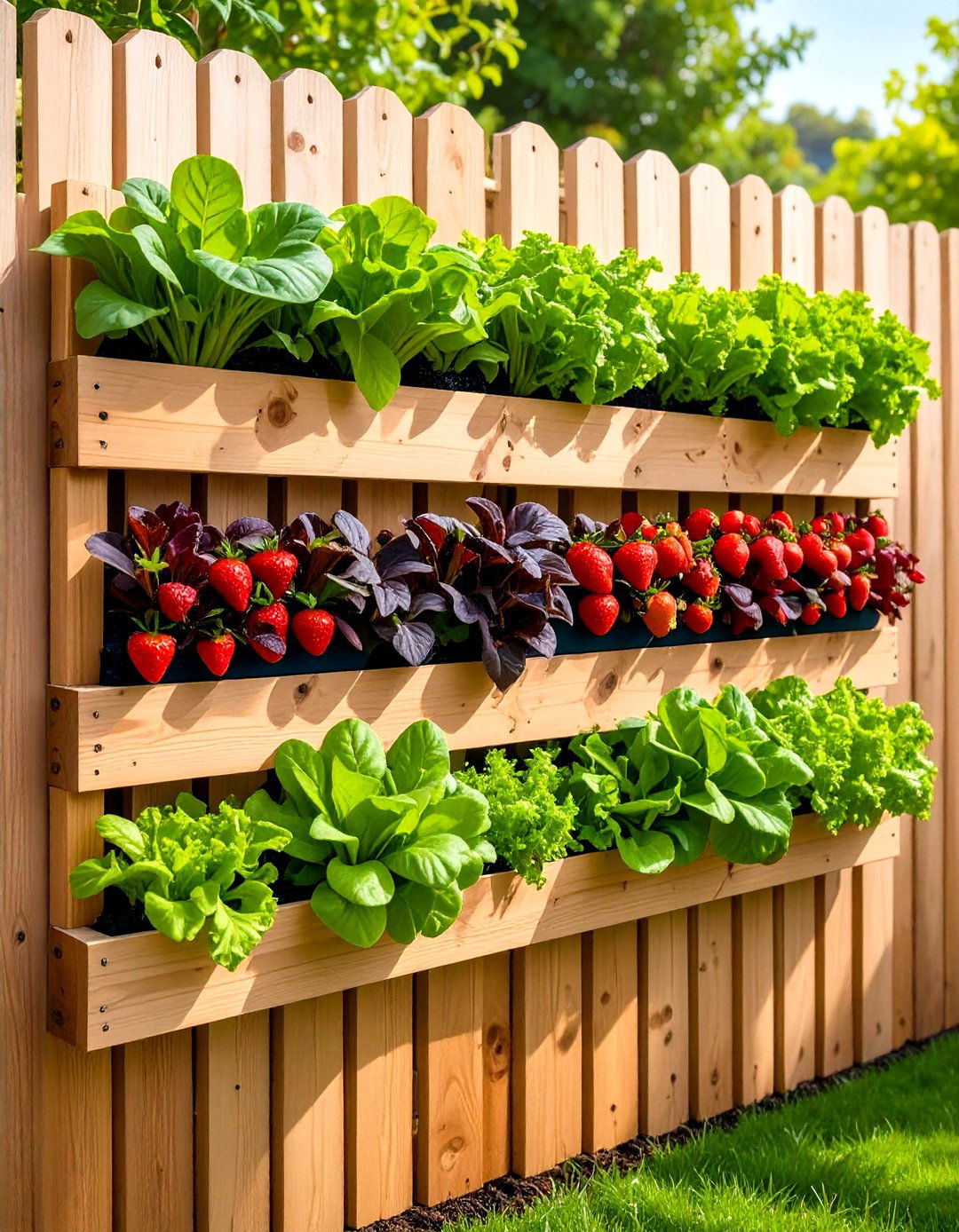
Upcycle wooden pallets into vertical planters by securing landscape fabric and filling each slat compartment with soil and plants. This budget-friendly method is perfect for growing strawberries, lettuce, or colorful annuals. Position pallets against a sunny wall or fence for a lush, space-saving garden feature that doubles as a privacy screen.
8. Trellis-Supported Climbers
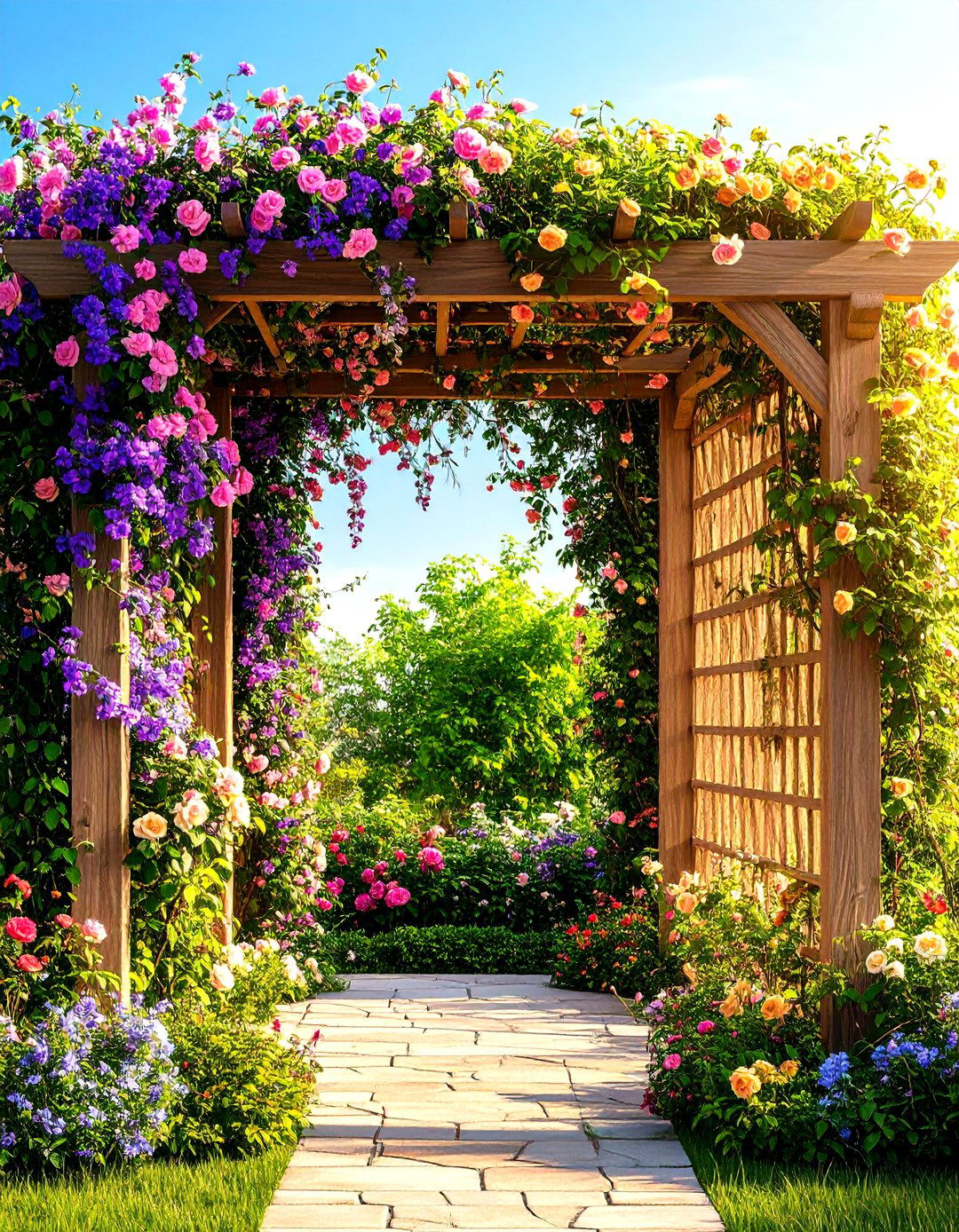
Install trellises or obelisks for spring-blooming vines like clematis, honeysuckle, and climbing roses to add height and structure. These vertical supports not only save ground space but create living arches and green walls that evolve through the season. Combine flowering vines with shade-tolerant groundcovers at the base for layered beauty and weed suppression.
9. Gravel Pathway Borders

Frame meandering gravel paths with low-growing perennials such as catmint, creeping thyme, and sedum. The contrast of soft foliage against the hardscape enhances sensory appeal, while the path guides visitors through distinct garden rooms. A well-defined walkway simplifies maintenance and keeps feet dry during spring rains.
10. Long-Blooming Perennial Gardens
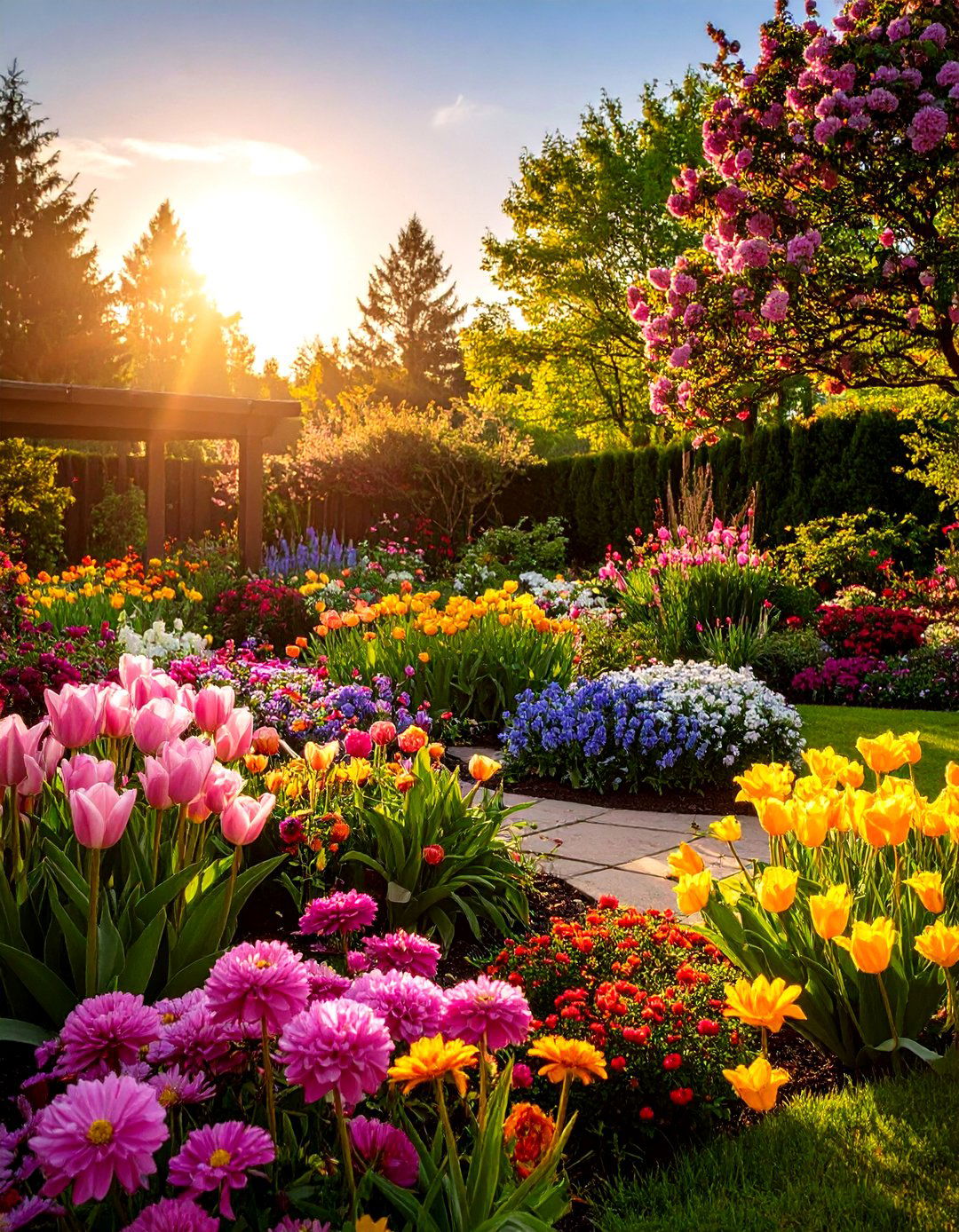
Design beds for continuous interest by combining early tulips and daffodils with mid-season perennials like peonies and coneflowers, followed by late-blooming asters and sedums. This four-season strategy ensures dynamic color and texture from spring into fall. Incorporate evergreens and ornamental grasses for winter structure, completing a year-round garden plan.
11. Small-Space Balcony Gardens
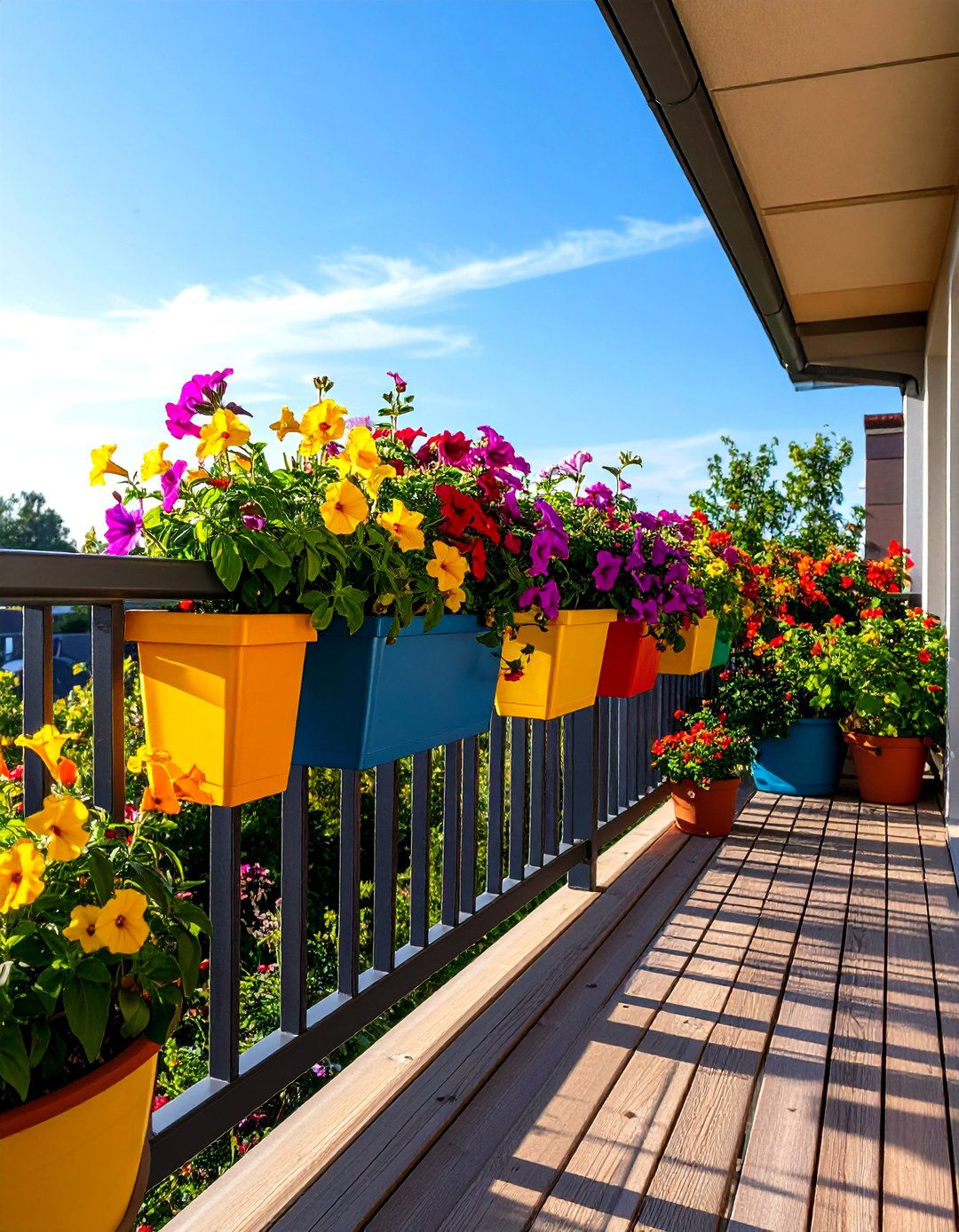
Maximize balconies with railing planters and tiered stands filled with cascading petunias, lobelia, and calibrachoa. Bright annuals in hanging baskets add depth, while compact containers can host cherry tomatoes or dwarf peppers. Ensure proper drainage and rotate containers periodically for even sunlight exposure.
12. Cottage-Style Flower Borders
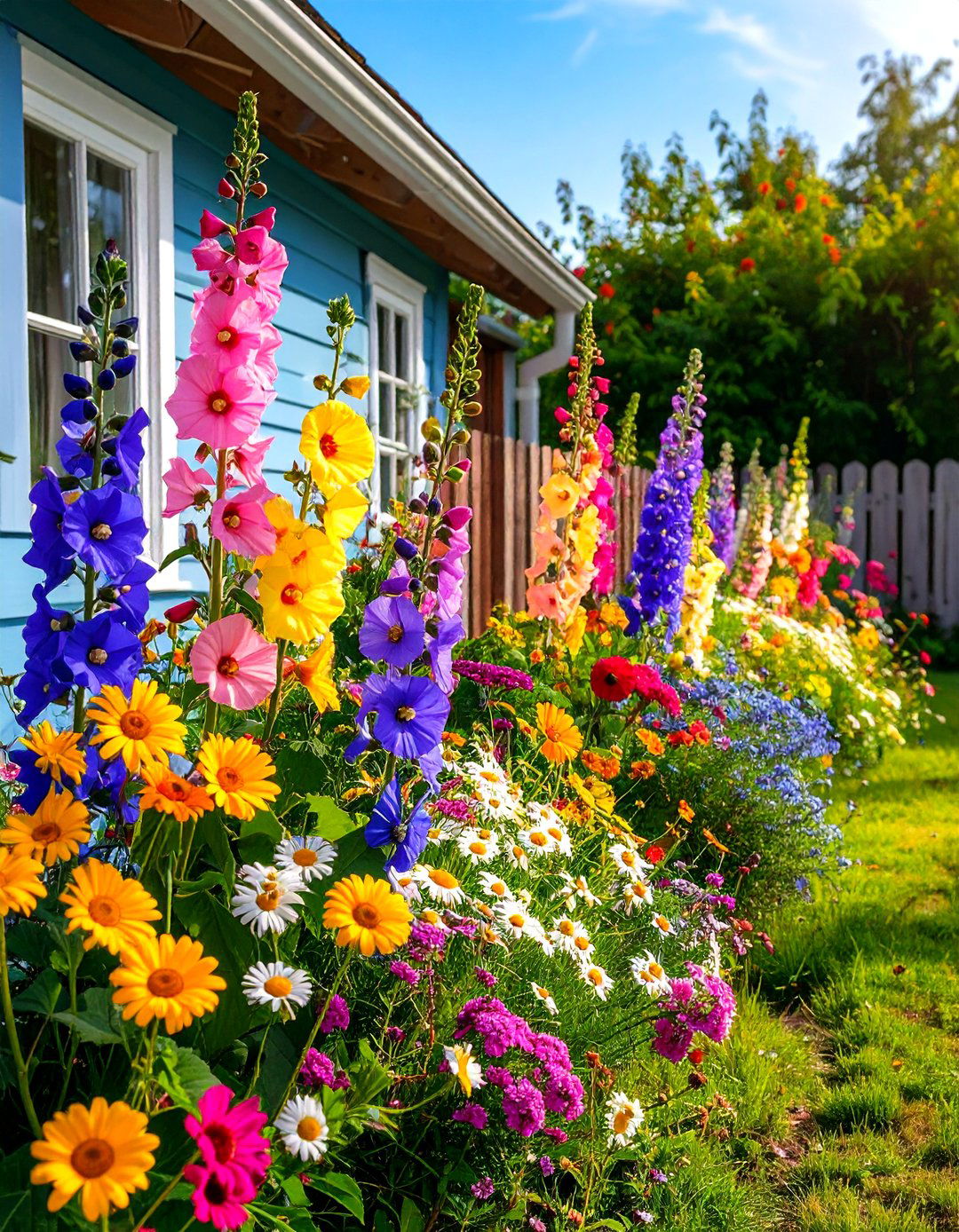
Create romantic borders along fences or beds with mixed plantings of delphiniums, hollyhocks, and Shasta daisies. Group in threes for a natural look, and underplant with low-growing perennials like ajuga or lamium to fill gaps. Soft curves along the border edge mimic traditional English gardens and encourage exploration.
13. DIY Terracotta Pot Walls

Mount brightly painted terracotta pots on fences or pallets to craft a vibrant, floating pot wall. Fill with pink geraniums, marigolds, or trailing ivy for pops of color against neutral backdrops. Invisible hooks create a “floating” effect, adding whimsy and making seasonal updates effortless.
14. Sun-Loving Perennial Borders

For full-sun spots, use heat-tolerant perennials like echinacea, rudbeckia, and sedum. Their drought resistance and long bloom times reduce maintenance while attracting pollinators all season. Mulch beds to conserve moisture and suppress weeds through hot spring and summer months.
15. Woodland Spring Glades
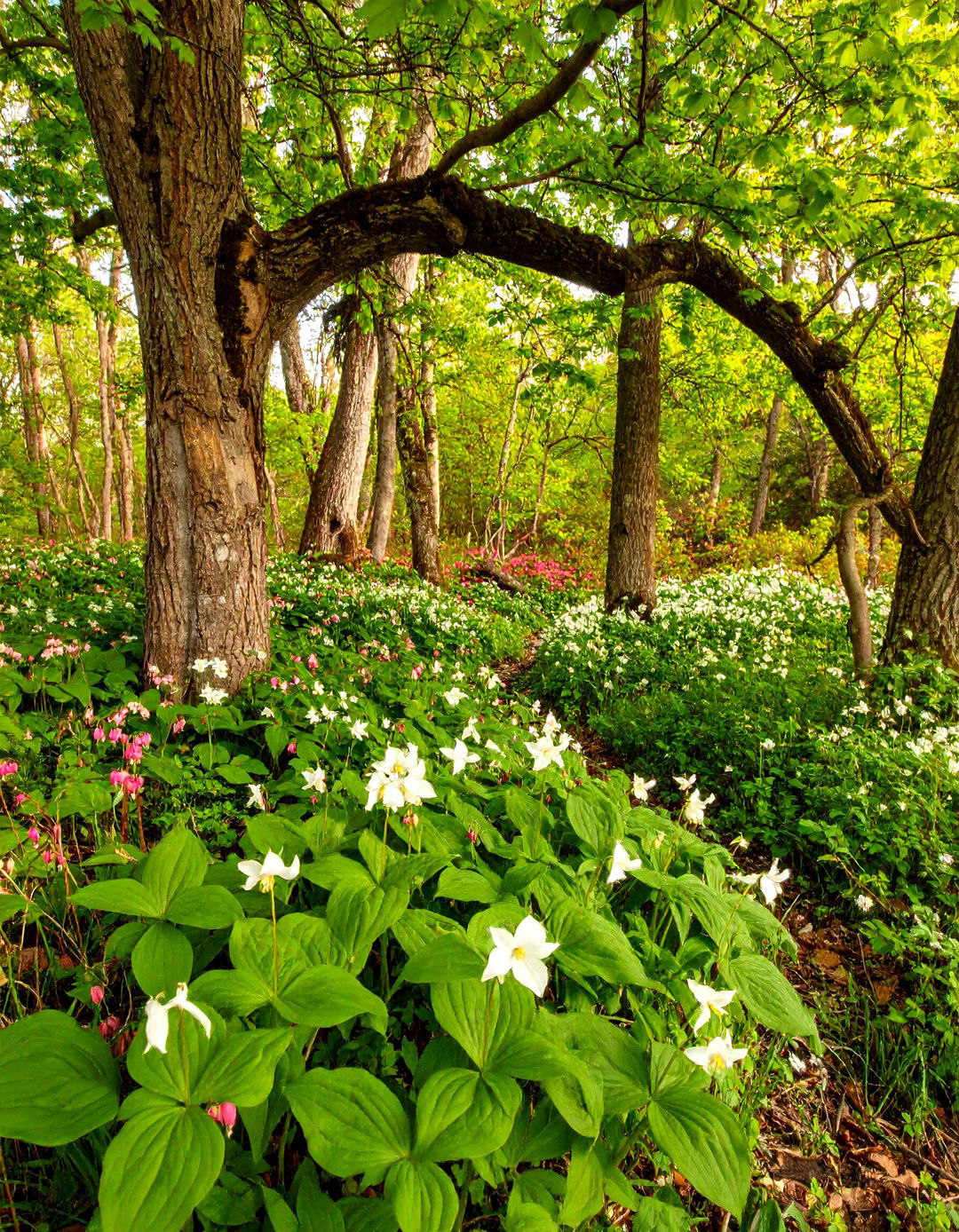
Underplant deciduous trees with shade-loving spring ephemerals such as bleeding heart, trillium, and foamflower. These plants thrive in the dappled light of young foliage and die back as the canopy closes, leaving space for summer perennials. Leaf mulch helps retain moisture and mimics natural forest floors.
16. Raised Herb Spiral Gardens
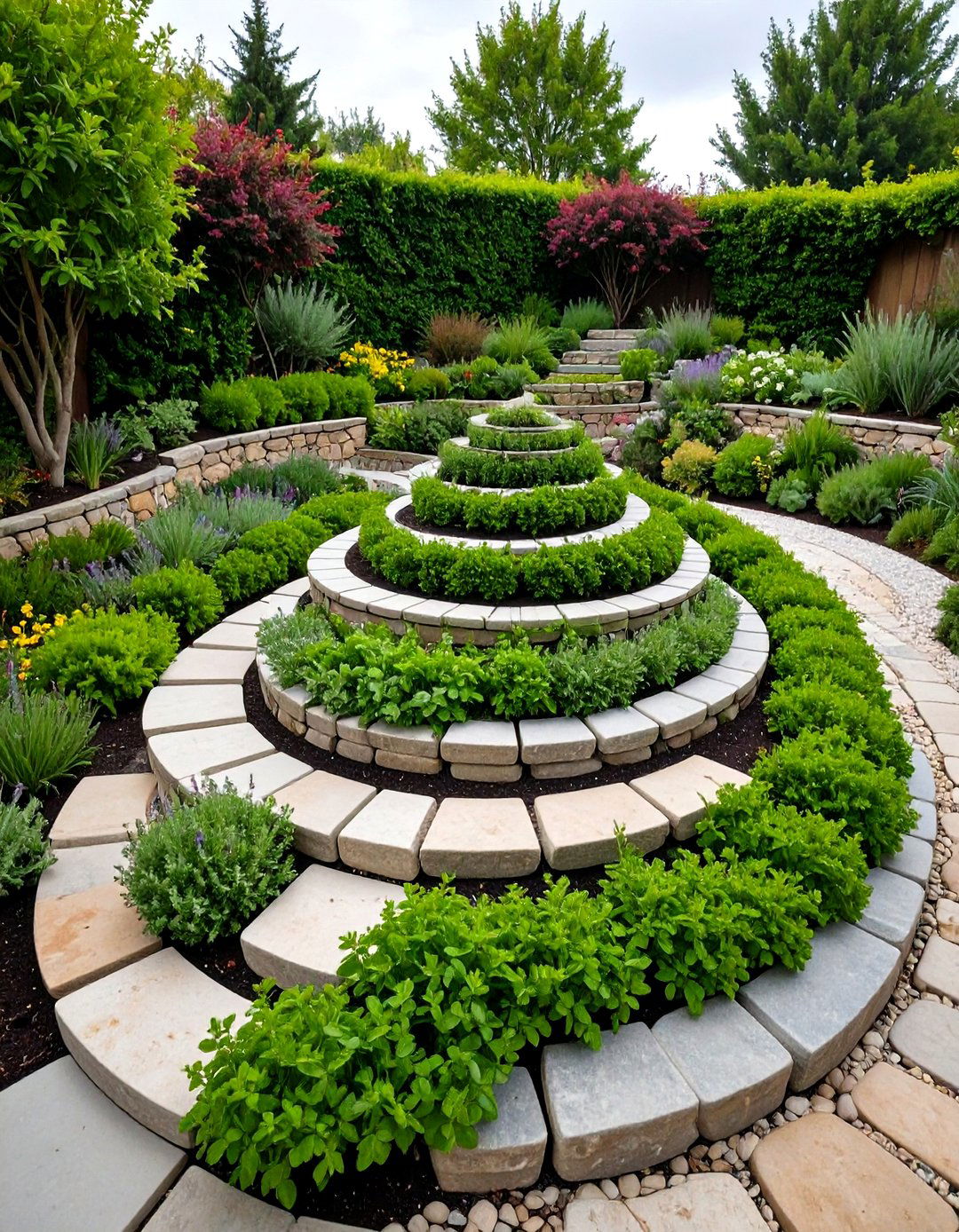
Build a spiral herb garden using stones or bricks, creating microclimates: dry, sunny top tiers for thyme and oregano, and moister lower levels for parsley and mint. This compact design maximizes planting area and accessibility, ideal for small yards. Harvest frequently to encourage bushy growth and prevent bolting in warm spring weather.
17. Blended Annual-Perennial Mixes
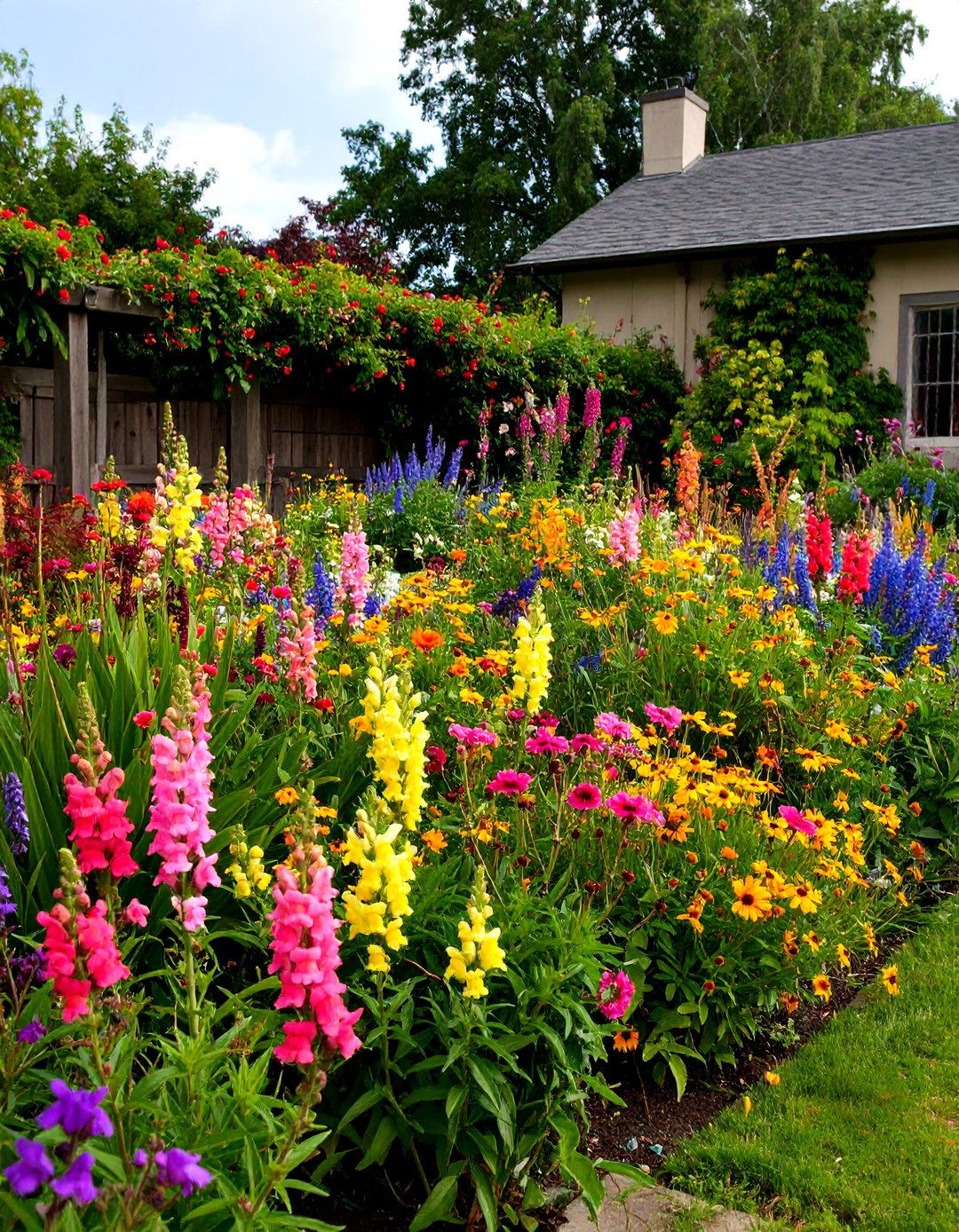
Pair reliable annuals like snapdragons and sweet peas with hardy perennials such as salvia and coreopsis for consistent spring color and sustained interest. Annuals fill gaps before perennials fully emerge, ensuring no bare spots appear in the garden. Replace spent annuals later with summer bloomers to extend the display.
18. Japanese-Style Rock and Moss Gardens
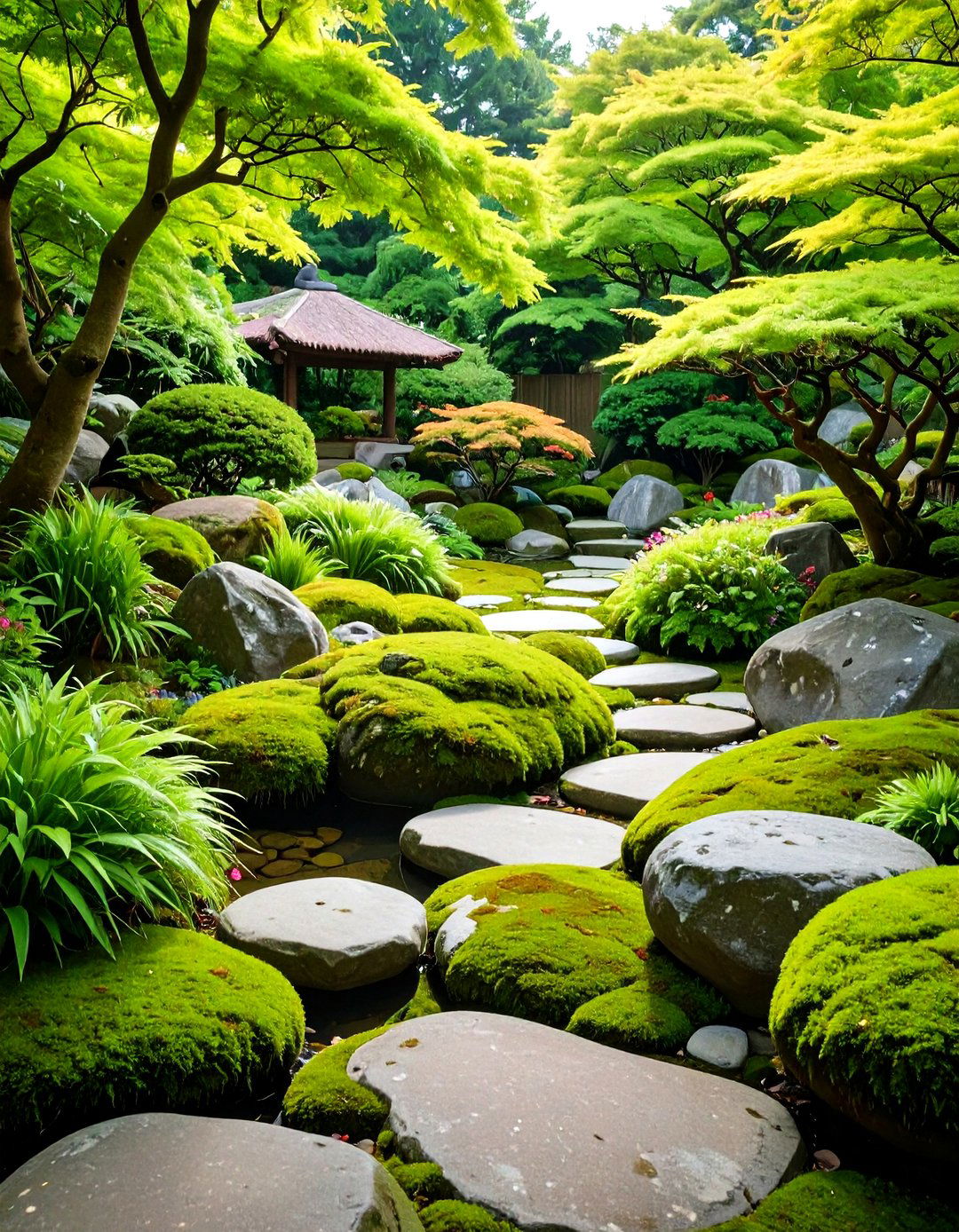
Incorporate smooth stones, gravel, and patches of moss alongside shade-tolerant ferns and hostas to create a serene spring garden nook. This minimalist approach emphasizes textures and forms, evoking tranquility. A stone pathway weaves through the moss, inviting quiet contemplation and easy maintenance.
19. Peony-Centered Flower Beds

Showcase peonies as focal points amid complementary plantings of irises, dianthus, and daylilies. Their lush blooms and fragrance create a stunning spring border that transitions into midsummer beauty. Support heavy flower heads with stakes or decorative rings to maintain upright posture.
20. Edible Spring Succession Planting
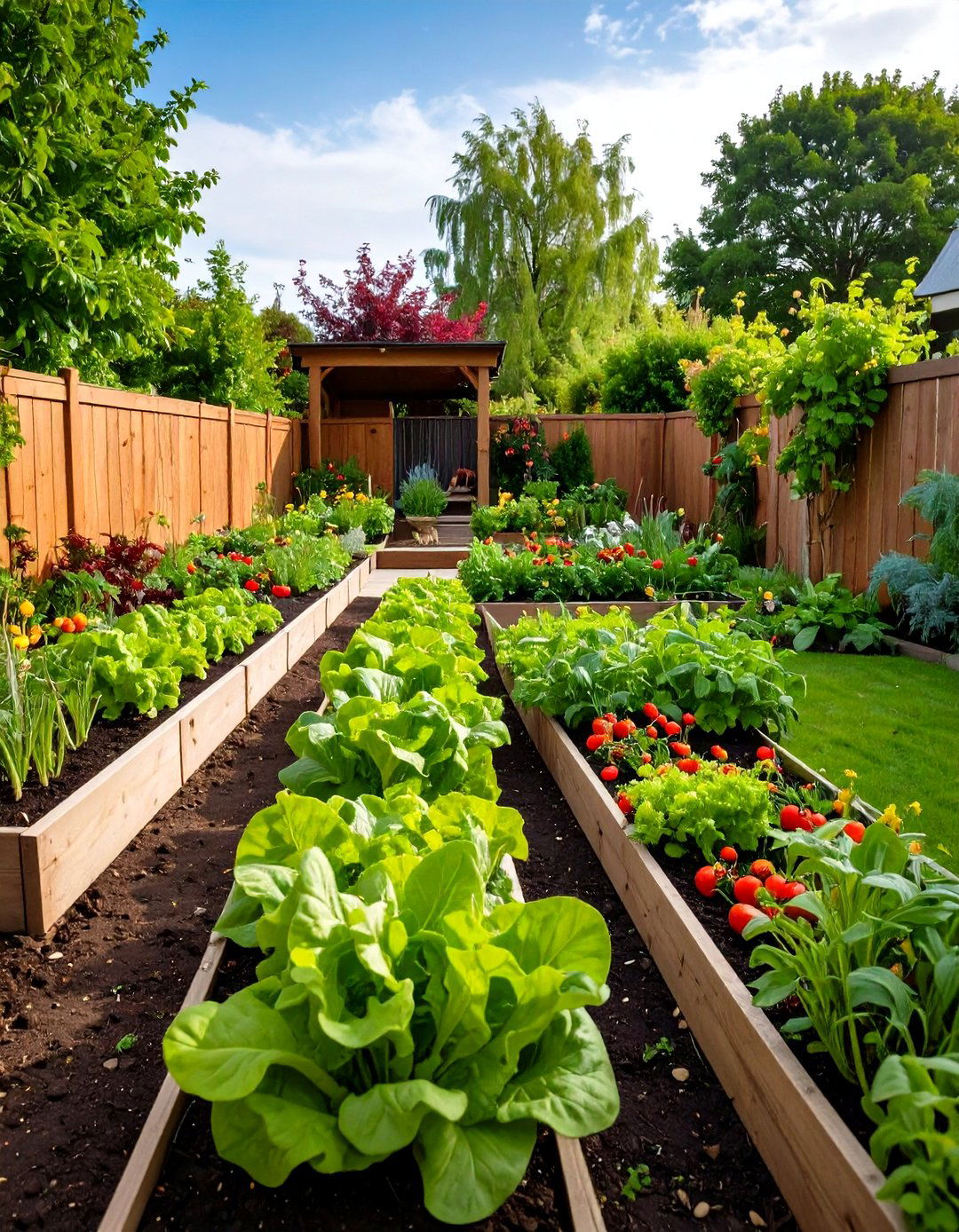
Combine quick-maturing greens like arugula, lettuce, and radishes with strawberries and chard in mix-and-match containers or raised beds. As spring crops finish, succession-plant warm-season veggies—tomatoes, peppers, and basil—into their spots for continuous harvests. This edible ornamental approach blends beauty and bounty in one garden.
Conclusion:
From bold bulb groupings and cottage-style borders to vertical herb walls and edible succession beds, these 20 spring garden ideas offer creative solutions for every space and skill level. By mixing colors, textures, and garden structures, you can craft a dynamic landscape that delights pollinators and gardeners alike. Embrace the season’s potential to transform your yard into a flourishing spring sanctuary.


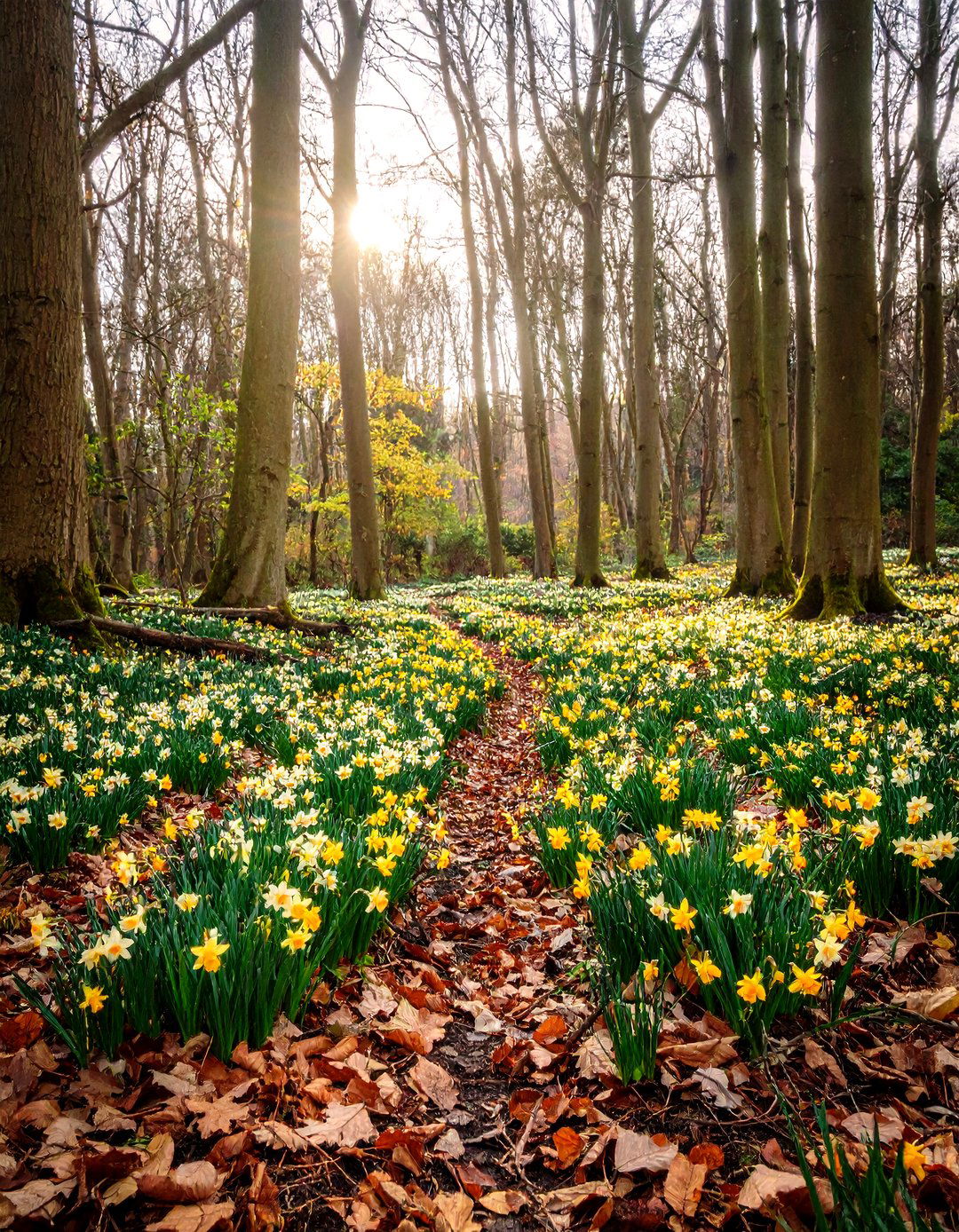



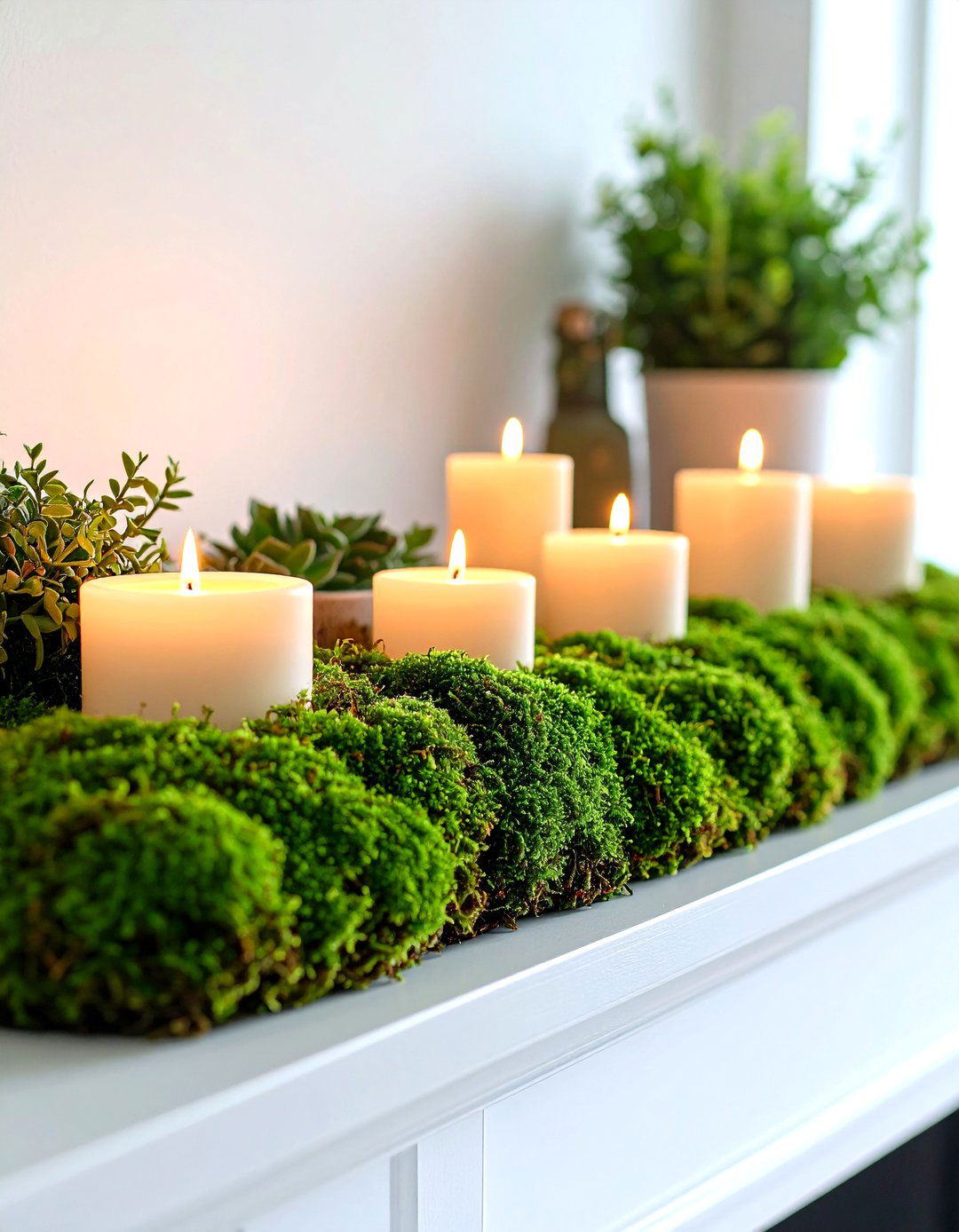
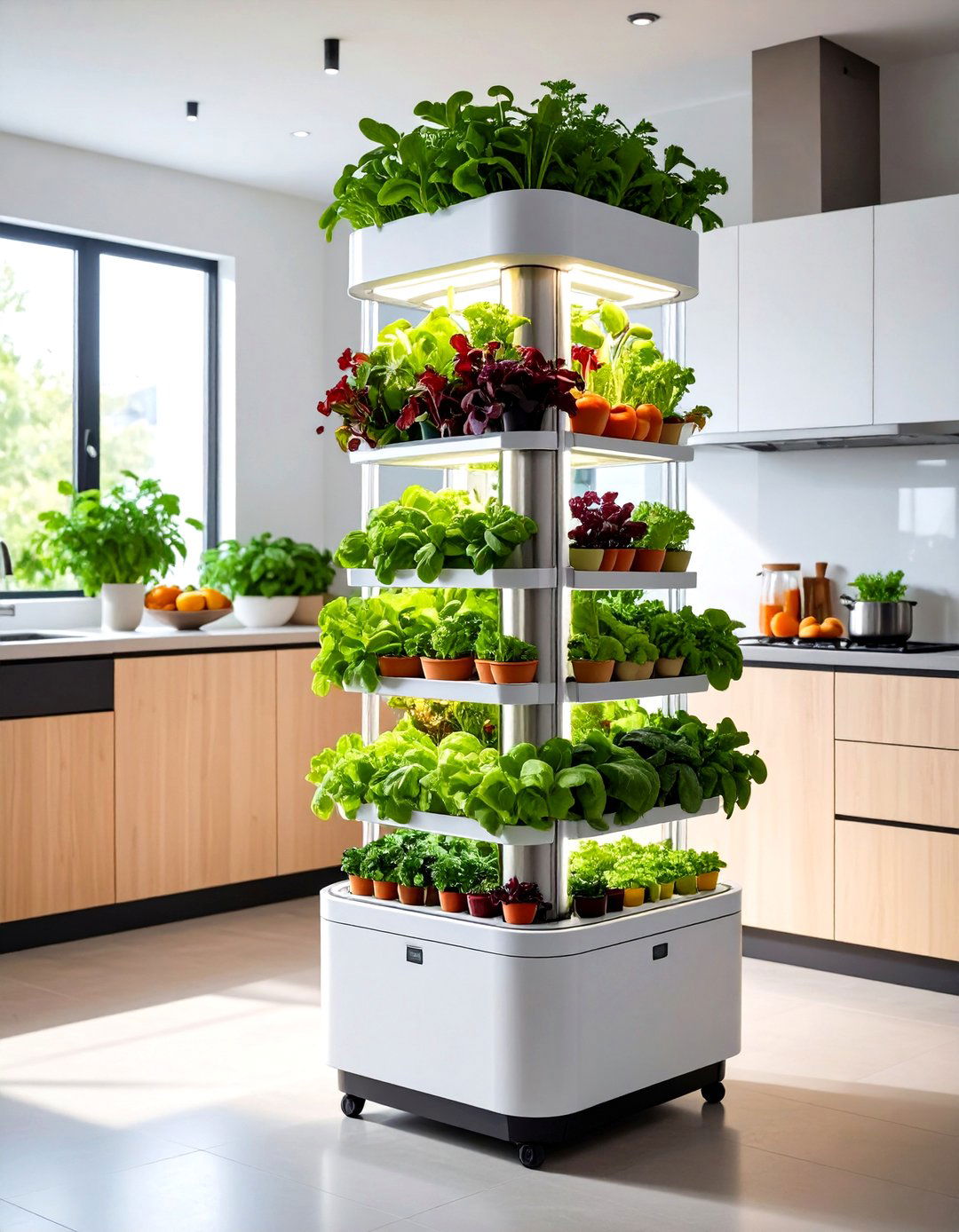




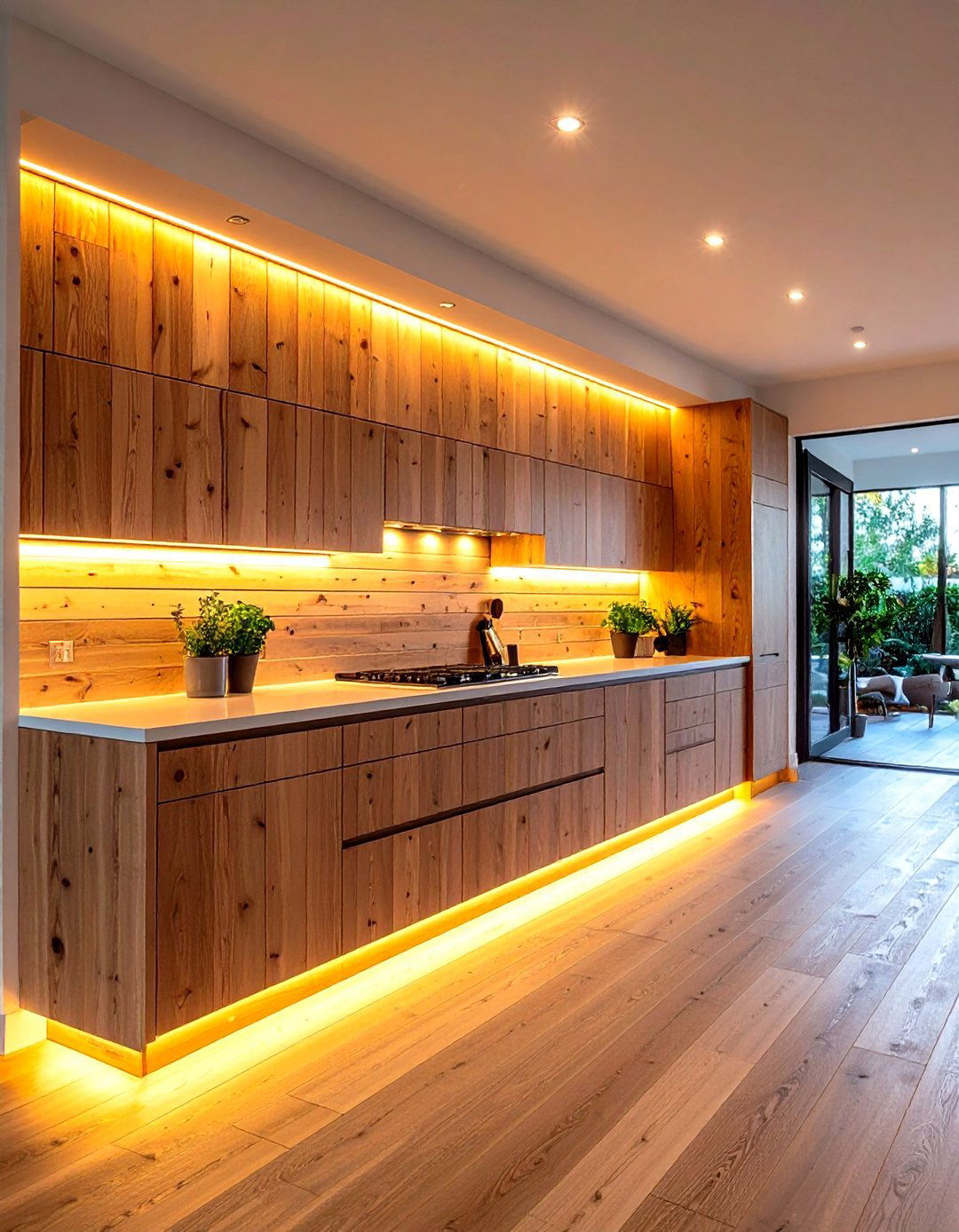
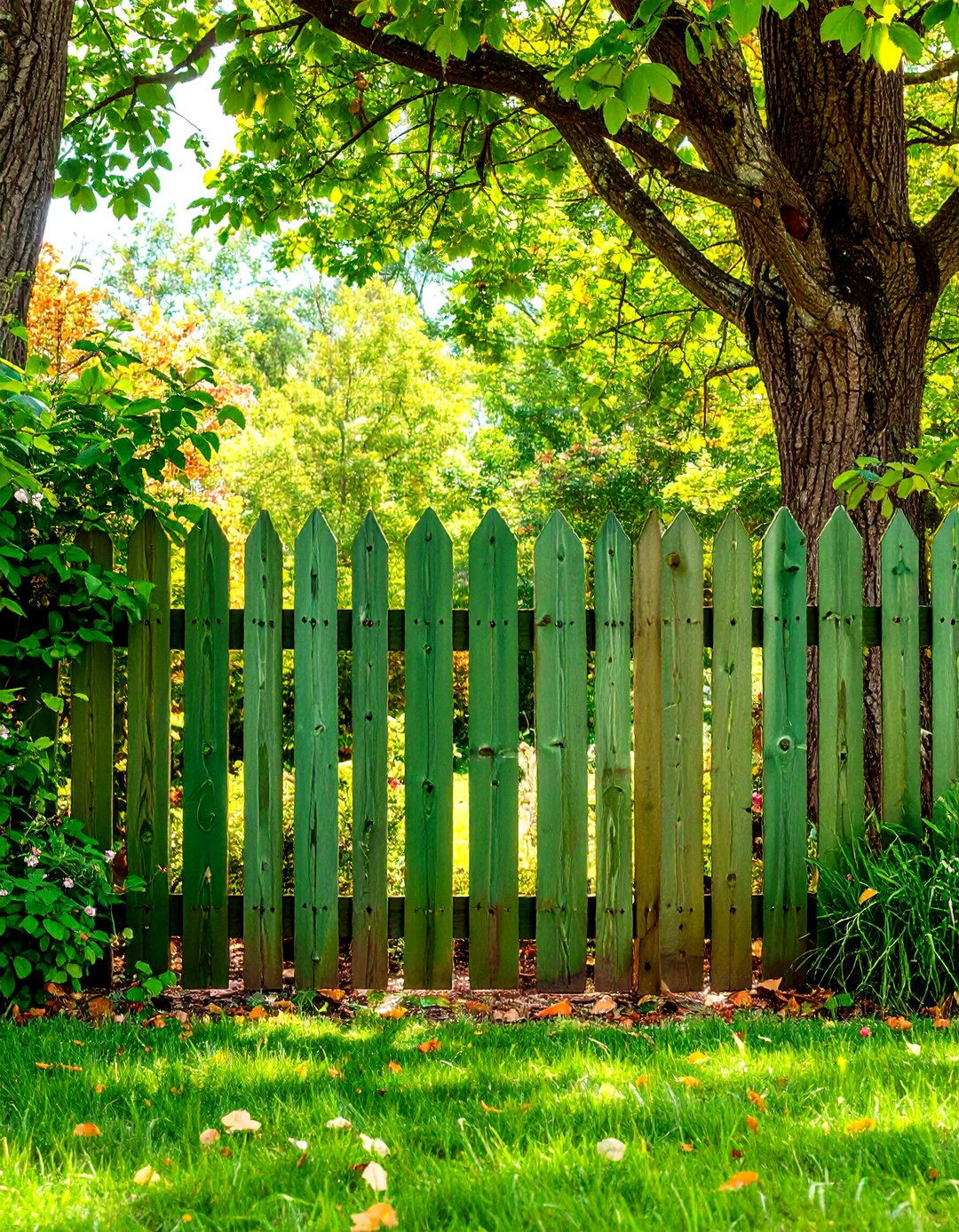
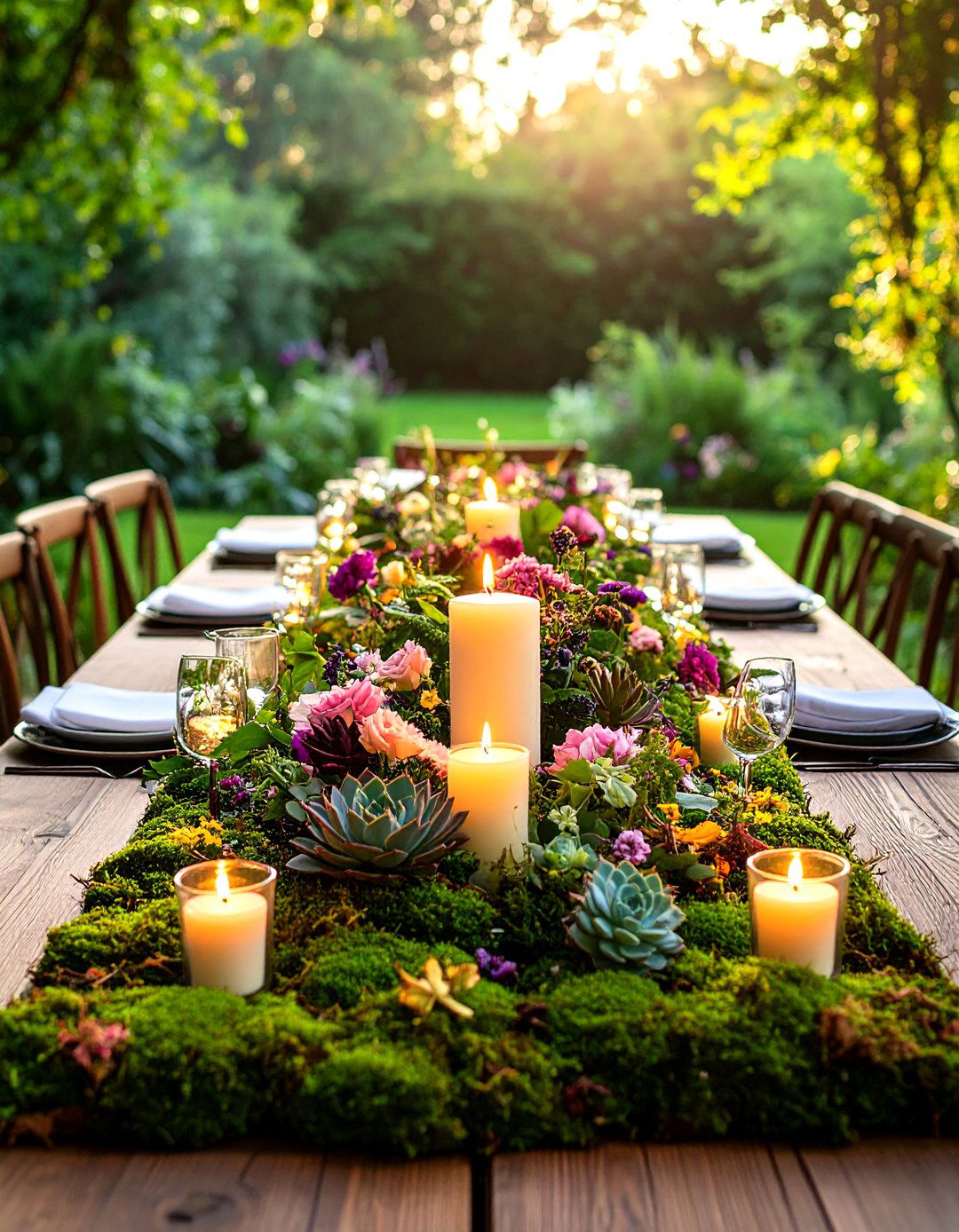
Leave a Reply